If you can’t make it to Paris (or time travel), the next best thing might just be these photographs of a Paris lost, moments before its disappearance. Before it became the city of light, before the Eiffel Tower became its unmistakable symbol, photographer Charles Marville was commissioned to document the transition from medieval Paris, a city that would be all but destroyed to make way for a modern, symmetric and more efficient Paris. These are his photographs…
Under the order of Napoleon III, General Haussmann was in charge of tearing up streets and razing entire neighbourhoods. In the mid 1800s, Paris was essentially one big construction site.
Whereas before, when the river Seine was the centre of commerce, Haussmann’s large boulevards would become the new highways of Paris.
Through Marville’s documentation, you really start to understand that most of the city’s ‘hidden’ little cobblestone passages we see in Paris today were actually once their main streets for navigating Paris, where all sorts of businesses could set up shop.
And then Haussmann came along and plonked his big apartment buildings and boulevards in front of them (or on top of them).
Check out this before & after for example…
Before
Marville photographs the Passage du Clos-Bruneau in 1855, about to disappear behind Haussmann buildings…
After
Today, the passage is still there, but only accessible through that archway of number 15 Rue des Ecoles (under the hotel sign).
These before and after examples show the disappearance of Passage du Clos-Bruneau in the latin quarter. The passage still very much exists, but it’s now hidden behind Haussmann buildings. I’ve often walked down this passage where you can find evidence of old shop fronts and thought, why would anyone have opened a shop back here in the first place? But, of course, as you can see from the earlier Marville photos, these were once pretty great locations for businesses dependent on passing customers, even ideal for large hand painted billboard advertising for all to see.
Before
The buildings marked in red are still standing today, hidden in la passage du Clos-Bruneau.
After
The new Haussman rue des Ecoles hides a lost Paris behind it.
Of course, a lot of what Haussmann did for Paris was pretty invaluable. Once described as “a giant whole of putrification”, in pre-Haussmann medieval Paris, you most probably wouldn’t have wanted to get lost wandering the little cobblestone passages that seem so charming today…
Above is a photograph that Mr. Marville snapped of the newly installed Parisian urinals for men, or “pissoires”, which helped cement the city’s reputation as the most modern city in the world. Perhaps not something we’d be very used to seeing in our streets today, but certainly more hygienic than what had been going on before!
Place Saint-André-des-Arts (pre-Haussmann)
Haussmann also added 20,000 gas lamps to the city and took meticulous measures to ensure the streets and the architecture felt symmetrical and elegantly harmonious. If the street lamps didn’t all equal in height because of uneven ground, some lamp posts would be given stilts or shaved down in height to make sure they all matched.
Paris is a grand and elegant city thanks to Haussmann, there is no doubt about that. But there are some parts of the old city that still remain almost unchanged, with clues to the “lost Paris”. And if you haven’t noticed already, Nessy loves following those clues….
Before
After
Rue des Saules, Montmartre, then and now by Charles Marville.
More clues: If you want to see more before & afters of Paris via their locations, check out this site with a map of Paris with all of Charles Marville’s late 19th century photographs of Paris before and after.
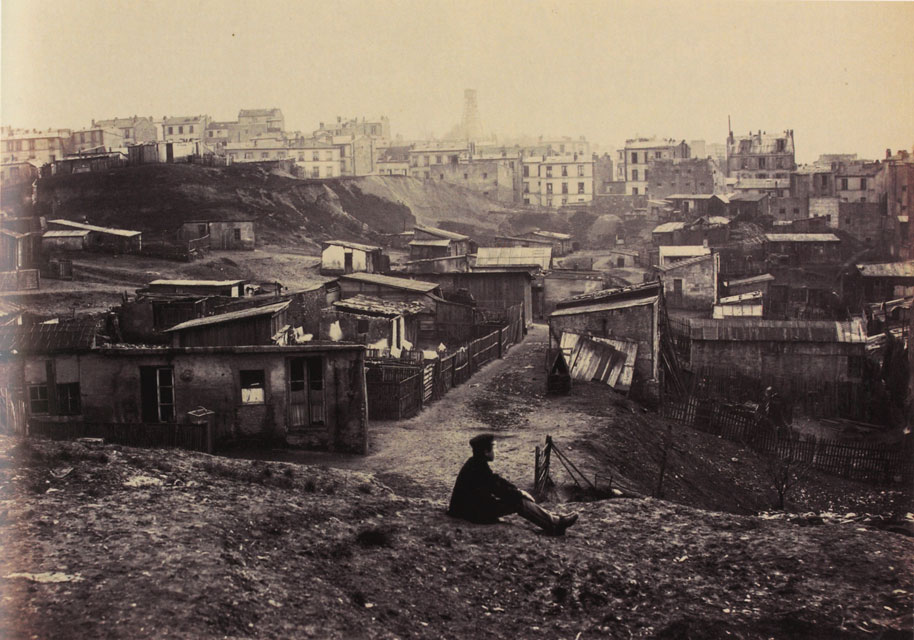
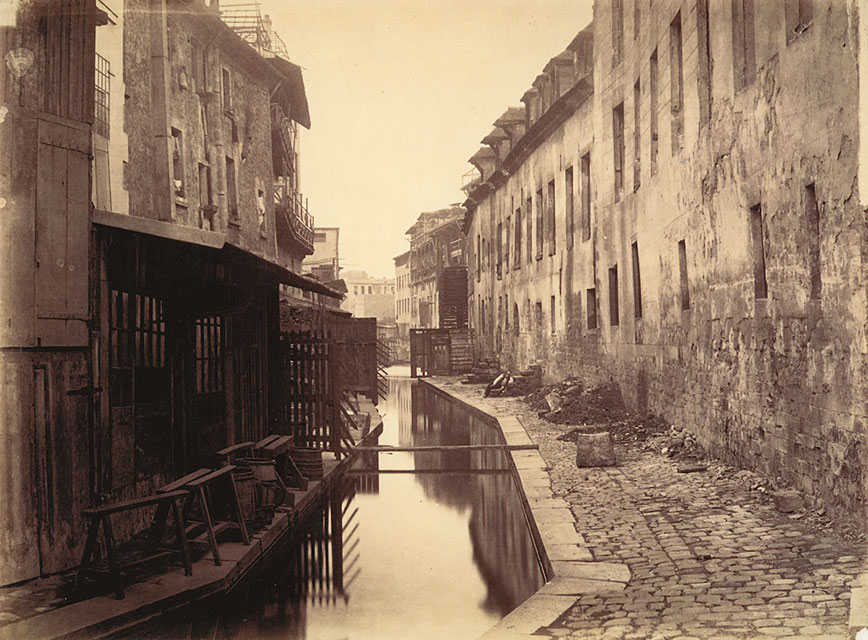
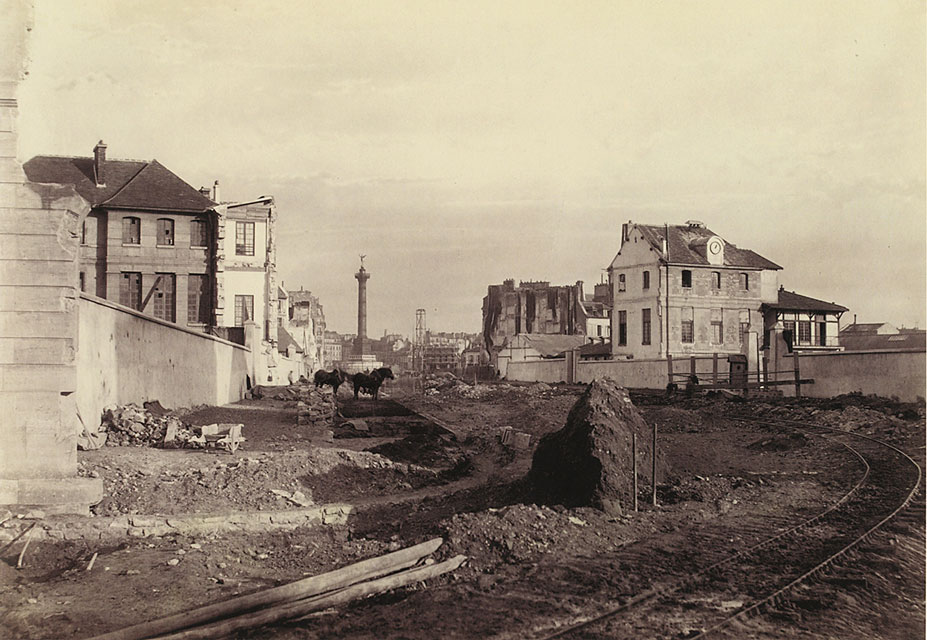
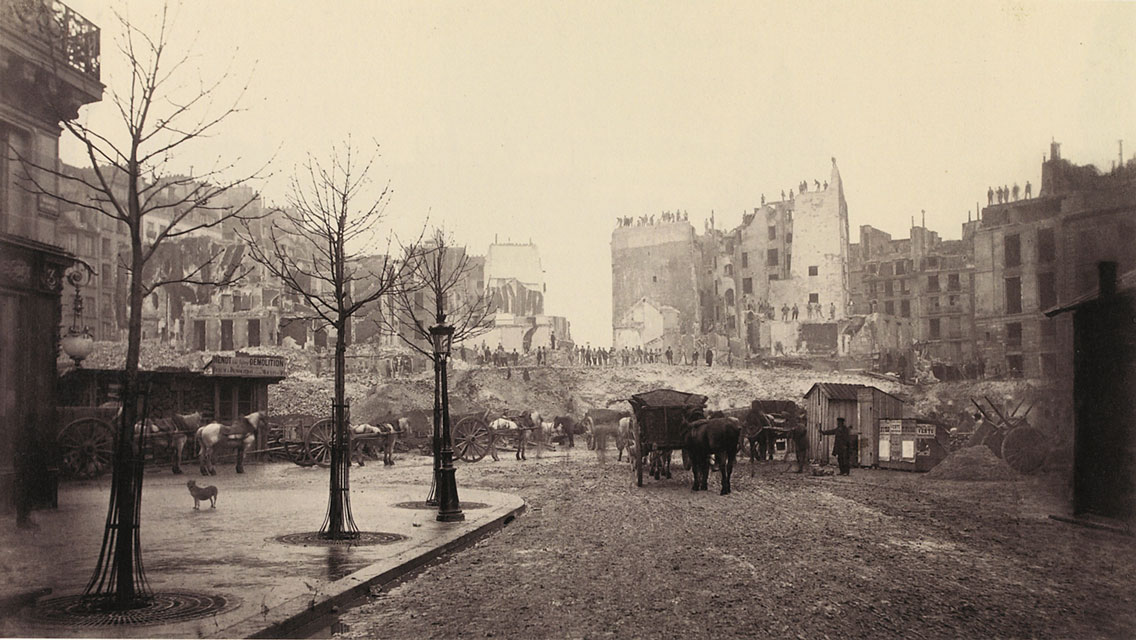
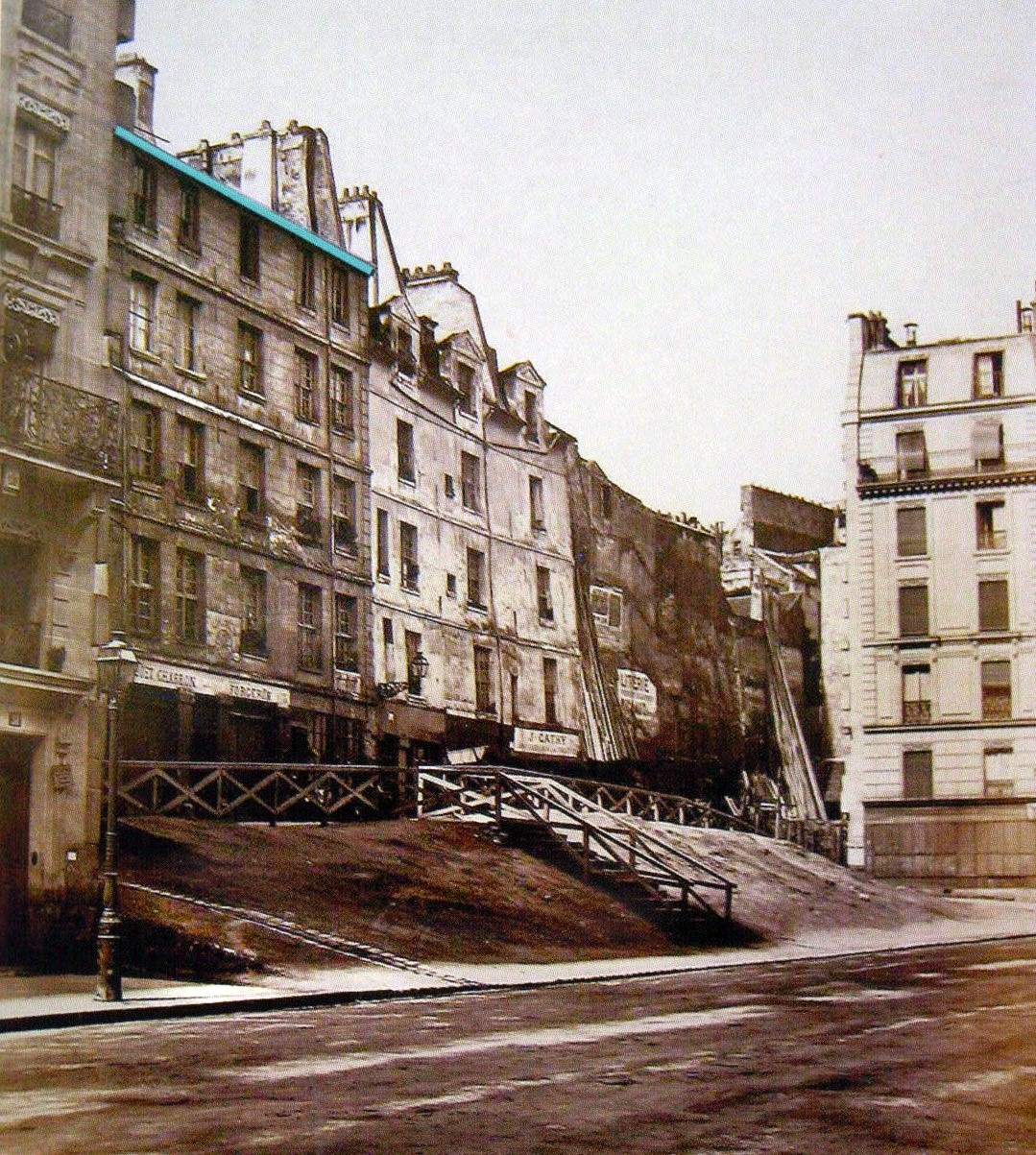
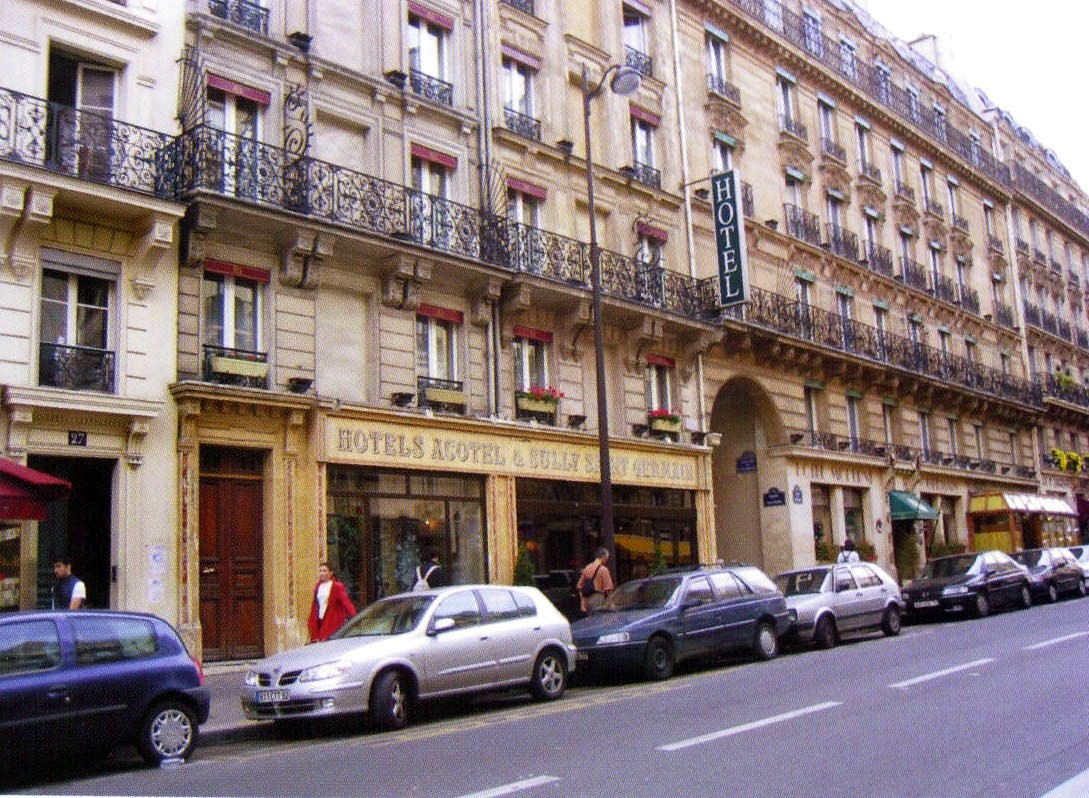
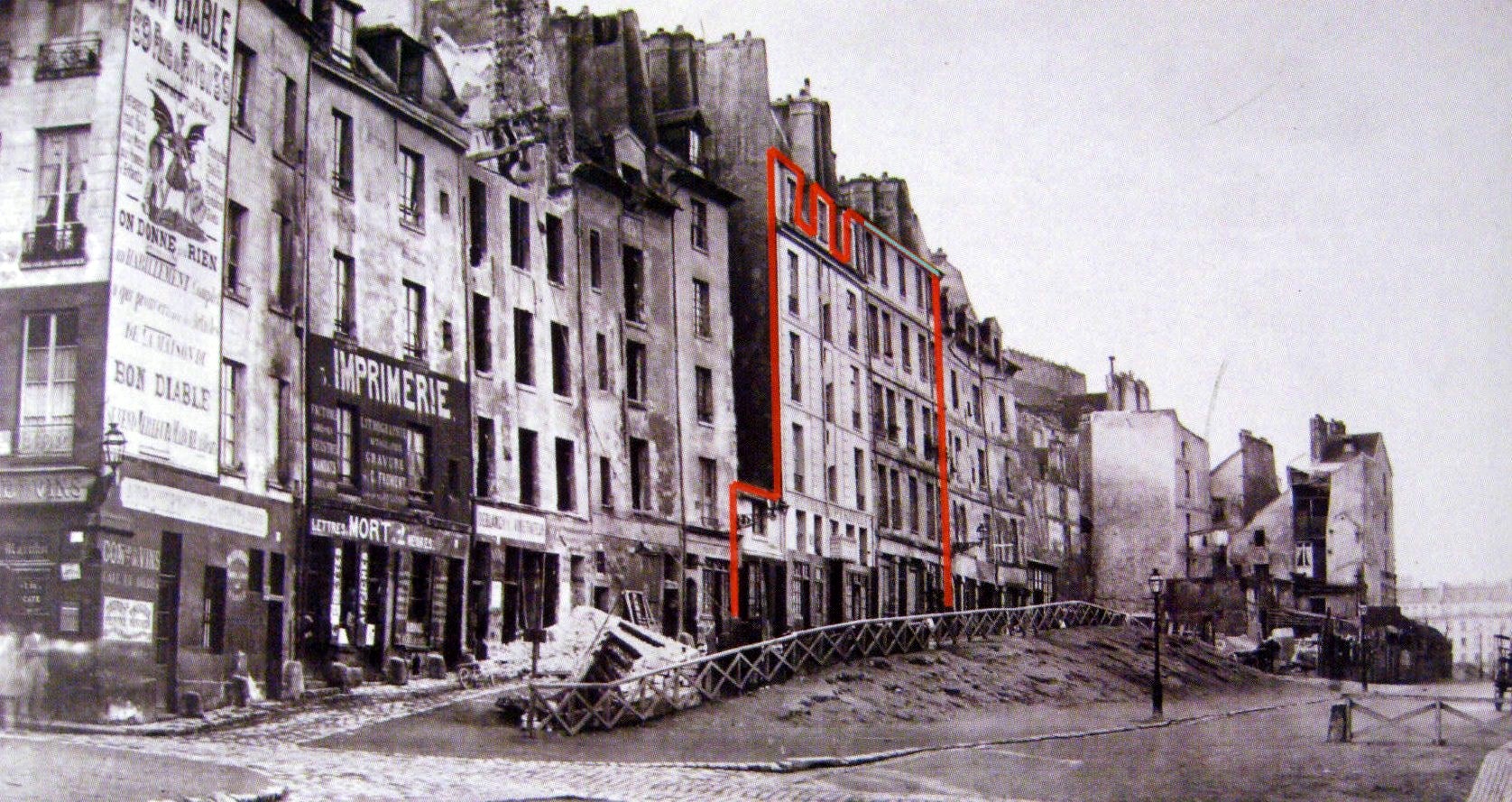
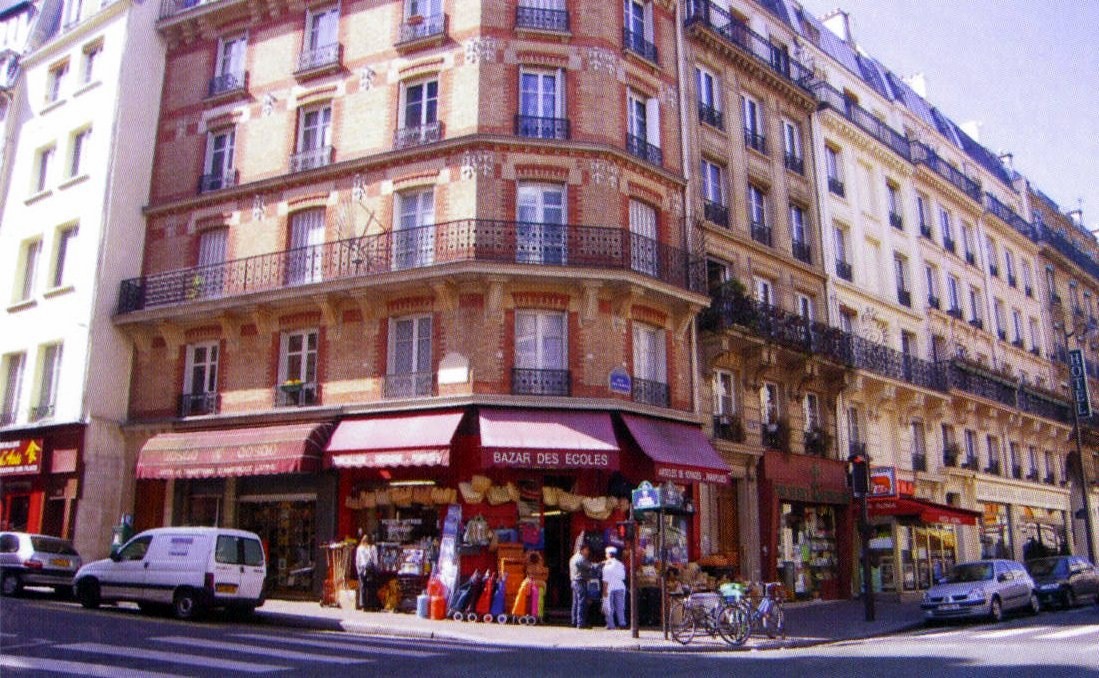
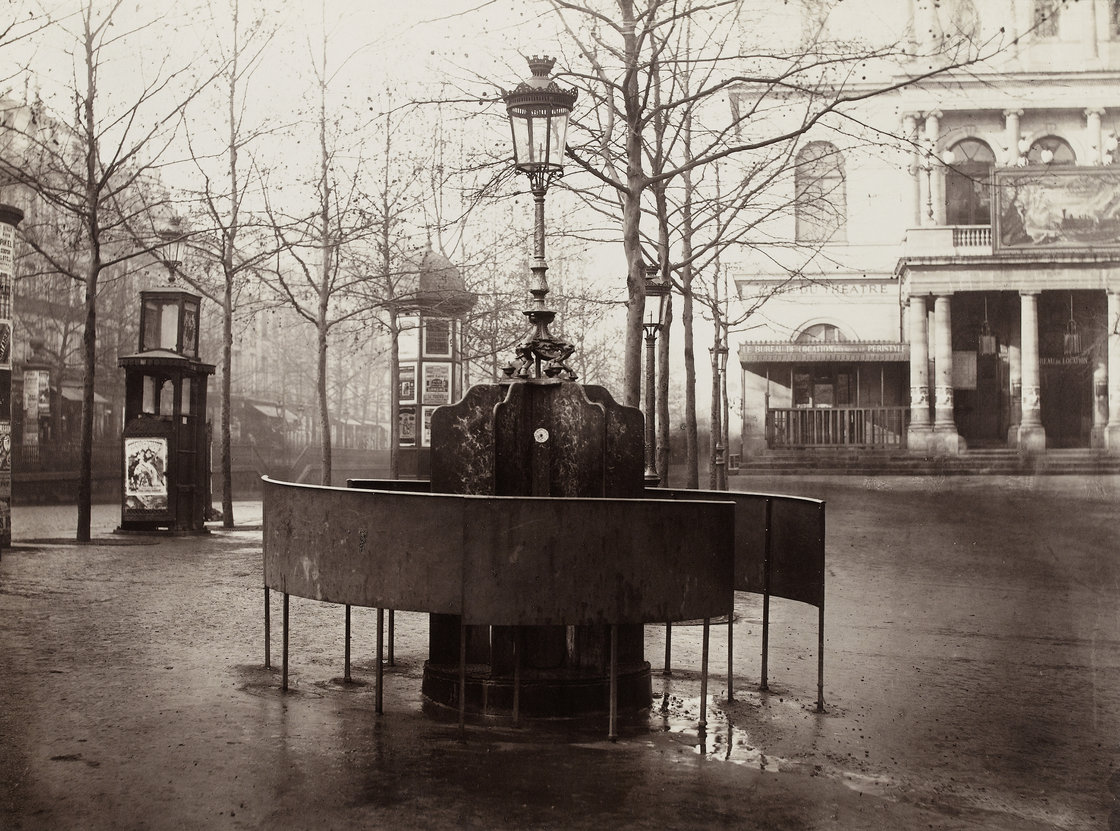
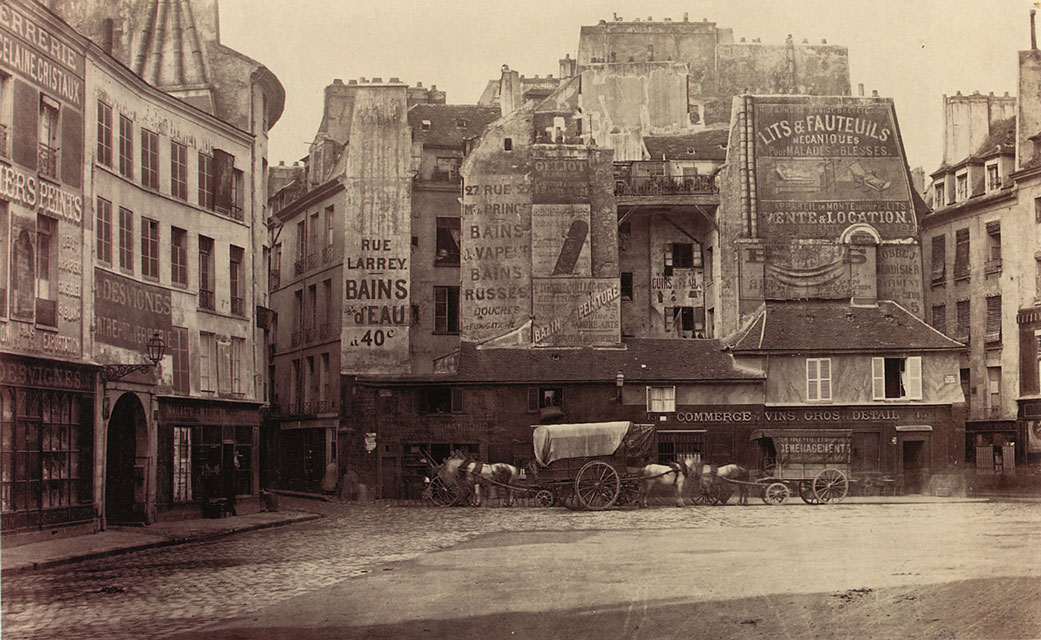
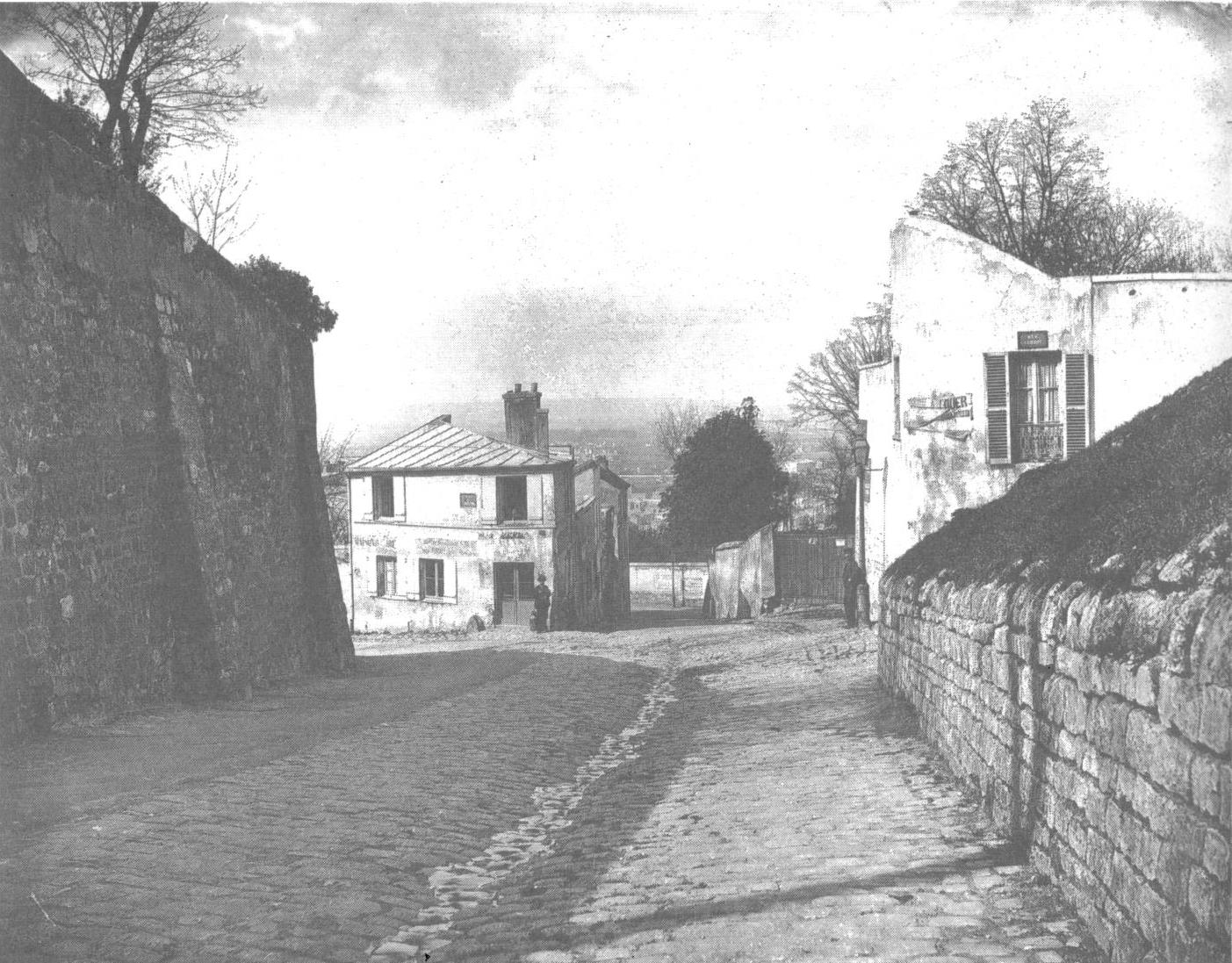
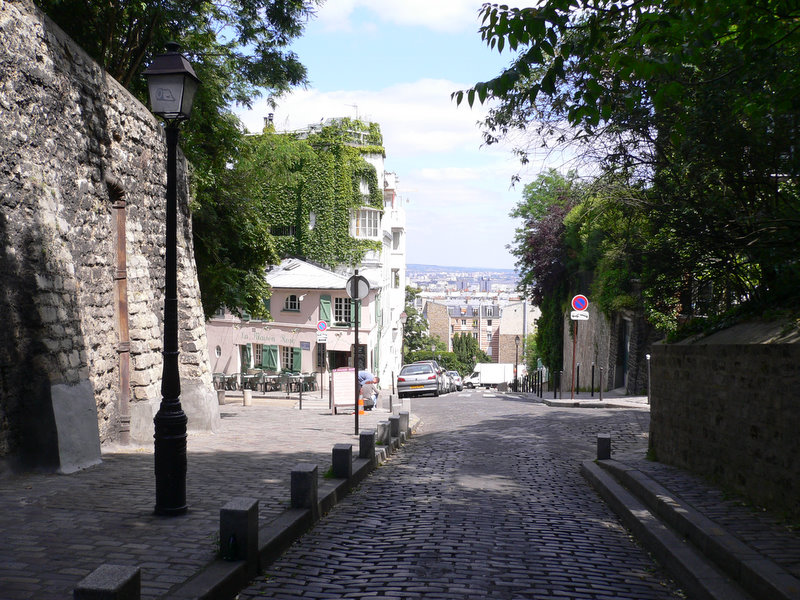

No comments:
Post a Comment